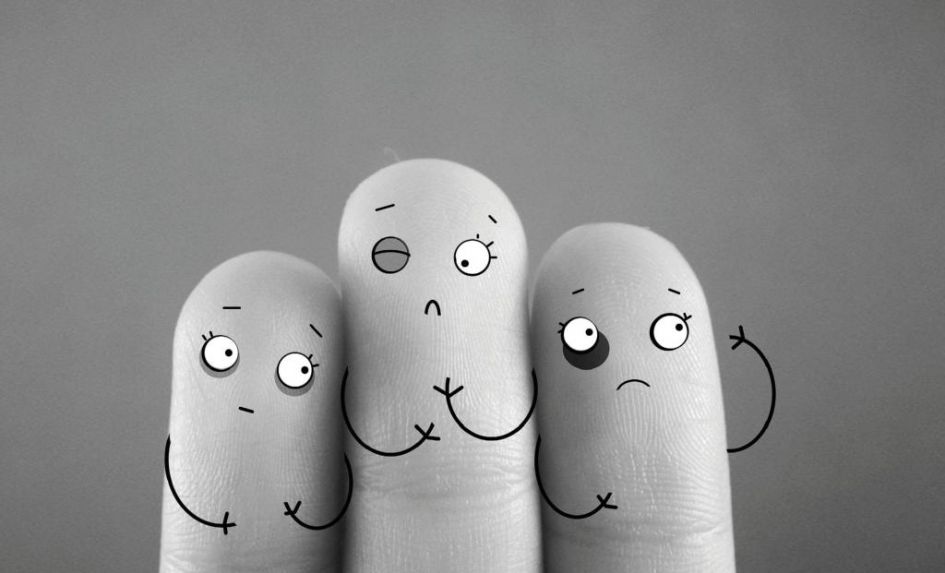It seems like mental health issues have exploded overnight.
We have cohorts of children who are suffering from mild and serious mental health issues, with one in 10 primary pupils experiencing mental health issues (Mental Health Foundation).
This has seen an influx of ‘professionals’ who are addressing these issues. But are the proposed solutions appropriate, or, worse still, could they be potentially damaging?
No amount of short-term training is going to make anyone a child psychologist. Surely, mental health practitioners should see their role as complementary to any established mental health expertise. With this in mind, I do think that, with training, this new wave of mental health practitioners can be a very effective support to pupils and the school community.
How to be an effective mental health practitioner
Firstly, I do believe you must have worked in education, with a variety of pupils, schools, and challenges, to get a real understanding of need.
Secondly, to keep the delivery of support contemporary, an updated specific mental health and wellbeing qualification is also a must.
All school staff can have a positive impact on the mental health of pupils. Often the first point of contact at school may be the site manager, cooking or cleaning staff, or general administrative personnel.
Also, the identification of need or difference is really important. Rather than asking pupils, “what’s the problem?” We should be starting conversations with lines such as “are you ok…you look a little different today…you don’t seem your usual self this morning? Then leave time for the pupil to fill in the gaps.
Mental health strategies
Classic warning signs might be obvious, such as a bad temper and clear anger. However, a child who is disengaged, and almost reticent to speak, may actually be in need of support.
There is then a temptation to pick a strategy that suits that pupil, or worse still, a generic strategy of one size fits all. Before strategies are used, an understanding of a child’s background is essential. This is the basis upon which to build a trusting relationship, and it shows your interest in the child.
How I approach strategies
Strategies can be really useful, especially if there is a menu of appropriate strategy choices. I usually ask the pupils about how they are feeling, and often use paper and pens to facilitate responses.
I can then introduce a few breathing techniques which can be seen as quick wins to initially calm the situation. I like to write down, or draw issues and solutions while doing the breathing as it can often bring a sense of calmness to proceedings. I do like to break problems, or challenges, down to bite size bits that can be seen as more achievable.
I also like to use visualisation techniques and aspects of Solution Focused Therapy to envision solutions. This creates a situation where it can appear that we are talking about a third person and the attention can be switched off the pupil.
At each session, whether it is formal or spontaneous, there should always be some kind of summary and mini action plan.
I have a whole range of strategies that can be found on my YouTube Channel.
Ross McWilliam, BA Hons, MSc, PGCE, Dip Man Level 7, MHFA National Trainer and author of The Amazing Journey of CUPPA and The Amazing Journey of Katy Cupsworth.










